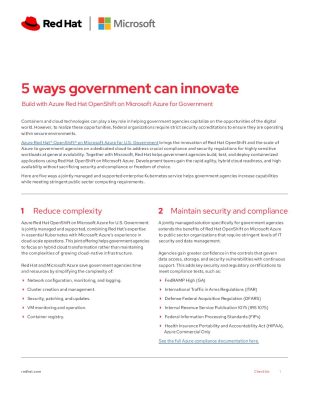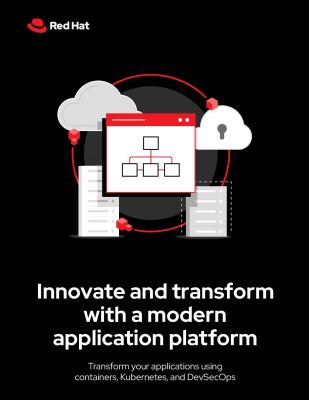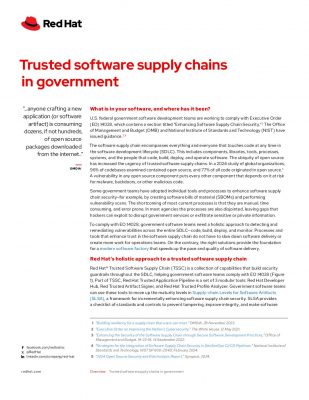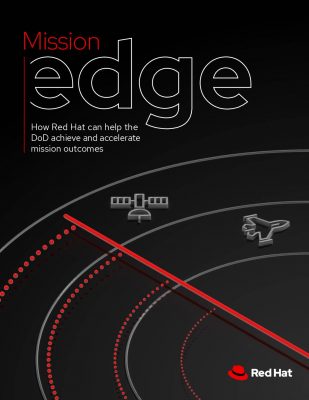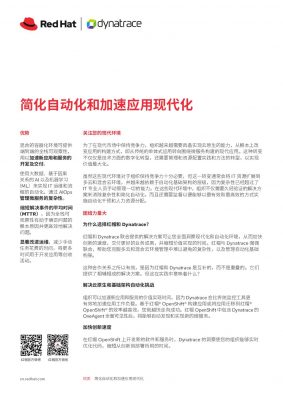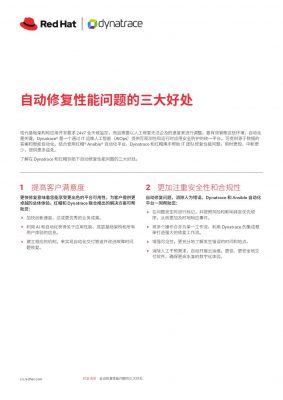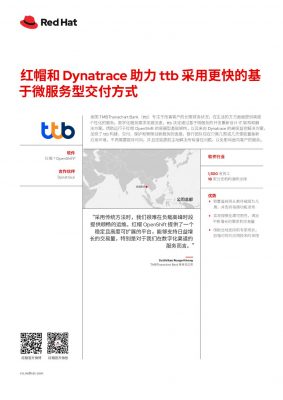Amazon Web Services (AWS) reported revenue of $6.6 Billion for the Q3, 2018. AWS achieved an impressive 46 percent year over year net sales growth between 2017 and 2018 in Q3. Also the year-over-year the growth rate touched close to 49 percent for the first three quarters of the year. The AWS cloud market share is higher compared to the next four competitors, combined with the majority of the customers preferring the public cloud. The growing focus towards the hybrid cloud computing, security and compliance were seen during the AWS Re: Invent. Making it apprehensible that cloud will be holding a major focus in the Amazon Strategy.
AWS has been a leading provider of the cloud service and enterprises are rapidly adopting the cloud data storage technology to move from legacy hardware to innovative tech. The AWS offers security, affordable storage, and speed in the development of applications and products. AWS leads the race in the enterprise public cloud platform of choice and for the Infrastructure-as-a-service (IaaS).
In IaaS the providers rely on the shared responsibility model for securing the operating system, platforms, and data. AWS takes the responsibility of the security for the cloud that includes the infrastructure, hardware, software, and facilities. The AWS version of the shared responsibility defines how Amazon will be securing the data itself, the management of the platform applications and how they are accessed. The different types of configuration will be the responsibility of the customers.
Customer side has control over the platform and access management. The underlying the operating system, network, and firewall configuration are responsibility of the customers. The customer is also responsible for the Privileged Access Management (PAM) to secure the critical infrastructure and data. For security measure, AWS will be managing the hardware, server software along with the networking technology connecting the server.
ZERO TRUST WORLD TO DEAL WITH INCREASED SCRUTINY
Stolen privileged access credentials are one of the leading causes of breaches in the modern tech era. Forrester found that 80 percent of data breaches usually happen due to stolen privileged credentials, and around 66 percent of enterprises are relying on the manual methodologies of creditialing. Many enterprises spend more revenue towards the traditional infrastructure solutions such as antivirus and firmware. But the transition towards the cloud should be changed in the authentication architecture.
Enterprises deal with sensitive business data and cloud has been viewed as a solution for a more secure storage vault. But relying on the vaults alone is not enough. Enterprises need to transform their legacy Privileged Access Management strategy that deals with identity management, multi-factor authentication, privilege access timeline and secured the remote access of the data. A zero trust privilege will save the data from unauthorized access and also prevent unwanted data usage.
SIX BEST PRACTICES TO INCREASE THE AWS SECURITY
1. Valuation and Centralized
The AWS root user account is the most powerful account and the enterprises should be cautious enough while using the account and also sharing the password for the same. The password of the account should be vaulted and only used during the emergency. Using the centralized identity instead of using the local AWS IAM account and access keys you can reduce the usage of long-lived keys.
2. Common Security Model and Identity Verification
When it comes to enterprises many of them believe that cloud IaaS will be completely different from the other cloud services or legacy instruments but they are not. IaaS doesn’t require a completely different security model; the conventional security and compliance concepts can still be applied to the cloud. An enterprise can actually leverage the resource requirement, decision making and privileges that can be easily managed for each user.
3. Accountability
Accountability has been a major issue dealing with the different industry standards- administrators as the privileged users and individual account directory. Managing different entitlements centrally from the active directory that can map roles of user and groups increases the accountability of admin.
4. Least privilege access
Enterprises should grant the users just enough privileges that can comfort them in completing the task in the AWS Management Console. Implementing cross-platform privilege management for AWS Management Console, Windows and Linux instances, admins can reduce the management dealings.
5. Multi-Factor Authentication
Using the Multi-factor Authentication the enterprises will be able to leverage the cloud security features. Securing with multi-factor authentications creates better-channelized policies to offer privileges to the users.
6. Auditing
Most organizations fail to identify security gaps in their cloud infrastructure because the in-house cloud admins can’t identify the gaping holes. A third party audit will help you to identify various external factors that will be affecting the security and also what needs to improve in terms of privilege policies and standards of cloud infrastructure.
One of the biggest reasons why many enterprises cloud AWS accounts are being breached daily is because the privileged access credentials are compromised. The above mentioned six best practices will help to get an overview for increasing the AWS security. A need of a strategy that reduces the credential exposure and also makes the cloud security policies curtailed can make the enterprise a secured cloud environment. Enterprises that store sensitive data on the cloud need to implement the Zero Trust Privilege policy that eliminates the shared Amazon EC2 key pairs. To know more about cloud security, you can download our recent whitepapers



